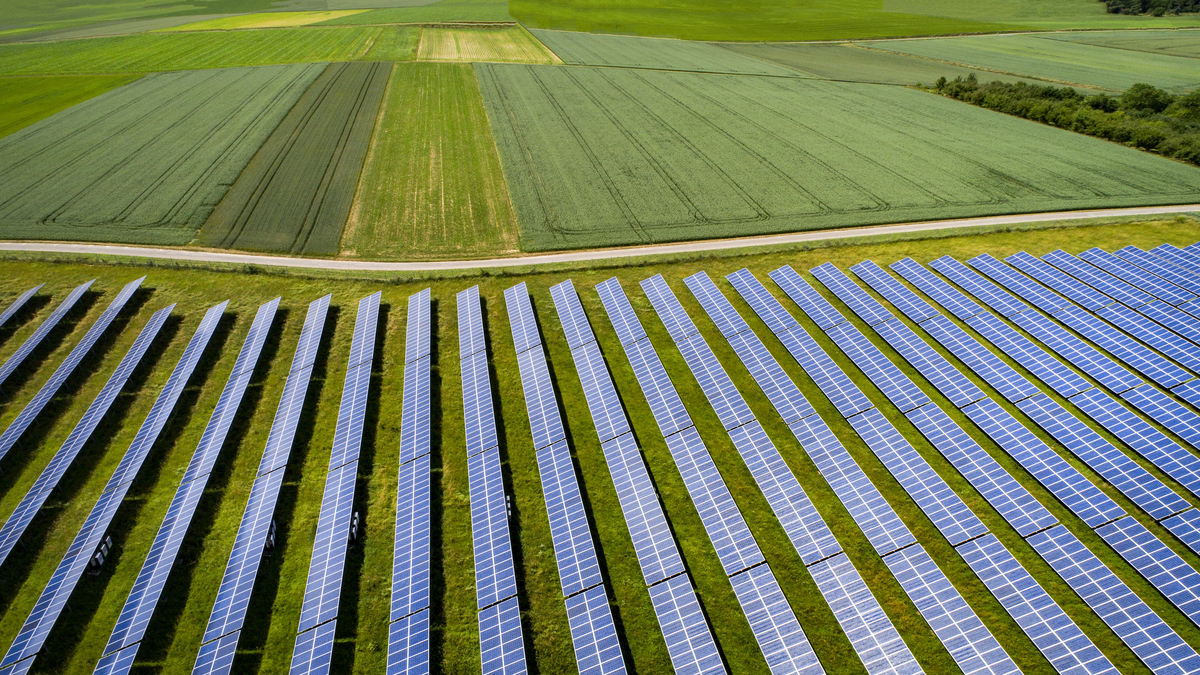Volatility was the name of the game for crude oil in 2023 with concerns about the global economic outlook prompting OPEC to slash production.
Inflation and other concerns about the strength of the economy put downward pressure on crude oil prices throughout the year, leading to the decision by Saudi Arabia and Russia to voluntarily reduce exports collectively by 1.5 million barrels per day.
This served to send oil prices up towards the US$95/bbl mark in the third quarter of the year with matters not helped by the Hamas-Israel conflict, which led even the World Bank to warn that crude could hit US$150/bbl if it escalated and led to oil embargoes.
While the conflict has continued, OPEC chose not to impose an embargo and the downward pressure from inflation and oil demand concerns served to pull prices back down.
This led OPEC+ to commit to a 2.2MMbpd production cut in the first quarter of 2024, which has served to provide limited support to prices though some commentators have said that the cuts will not last long enough to make a difference.
Oil’s future
Which way oil goes is really up in the air.
While the US Energy Information Administration and OPEC have forecast that oil demand will increase in 2024, others have flagged that poor global economic indicators will put downward pressure on prices.
There is also room for OPEC+ and its allies to extend production cuts if they are found to be insufficient to their needs (keeping prices elevated) and there’s a little room left for cuts to be expanded.
It is a delicate balancing act though as the oil cartel simply can’t afford to cut output by too much even if it sends prices soaring.
Overly high prices will destroy demand, which will lower prices, forcing another round of production cuts, resulting in a vicious cycle that will impact OPEC’s overall income.
It will also provide greater impetus for the adoption of renewable energy (or nuclear for that matter), which in the long run will deliver the biggest blow to oil producers.
See Uruguay as an example of what a properly motivated country can achieve with renewables when faced with unreasonably high oil prices.
As such, 2024 is likely to see more volatility in the sector with prices up from now in the absence of major events.
Renewables continue growing
2023 also marked the continued growth of renewables.
It is hard to argue with this when Australia’s National Energy Market has already outlined periods of time when a combination of roof-top solar along with large-scale wind and solar was capable of generating 100% of the grid’s demand on the east coast.
Not all the time sure, but that it is even capable of doing so under ideal conditions is suggestive at the very least.
Funding for renewable projects also increased during the year and there’s every reason to believe it will be maintained or expanded in 2024.
There is also a growing interest in backing energy storage as greater adoption is required to stabilise the grid – either by taking off excess power or filling in the gaps, and to provide power at night.
Restarting the nuclear conversation?
Bringing nuclear energy to Australian shores is also one of the talking points that the Coalition has been trying to get onto the agenda in 2023.
The Opposition first tried to present small, modular nuclear reactors as a viable alternative to renewables and when that failed to make headway, went back to advanced, large-scale reactors instead.
However, despite arguing that nuclear energy represented a better alternative to renewables – especially in its ability to produce baseload power regardless of whether there’s enough wind or sunlight, it did little to prove its affordability.
This is also in complete contrast to the CSIRO and AEMO finding that renewables still had the lowest cost range of any new build generation technology while nuclear was the most expensive.
Will nuclear energy gain more sway in 2024?
Never say never, but it remains highly unlikely given its high cost, Australia’s unfamiliarity with nuclear power (meaning that the expertise will need to be imported and the people convinced about its merits), along with the tendency for big ticket items to experience budget and time blowouts means that it is unlikely that it will be taken as a serious alternative.
The post Power up: Oil to stay volatile in 2024 as renewables continue to shine appeared first on Stockhead.























+ There are no comments
Add yours